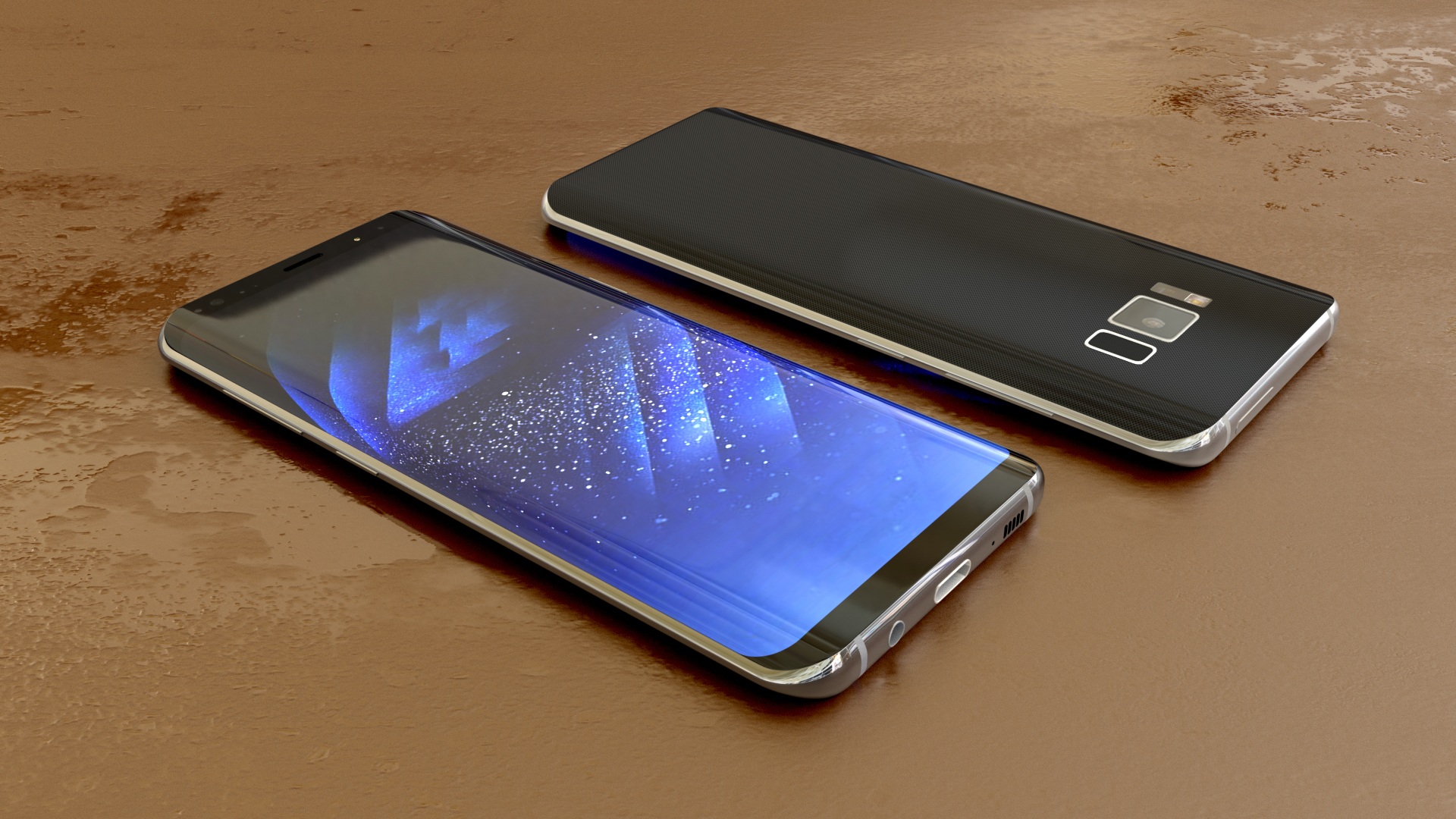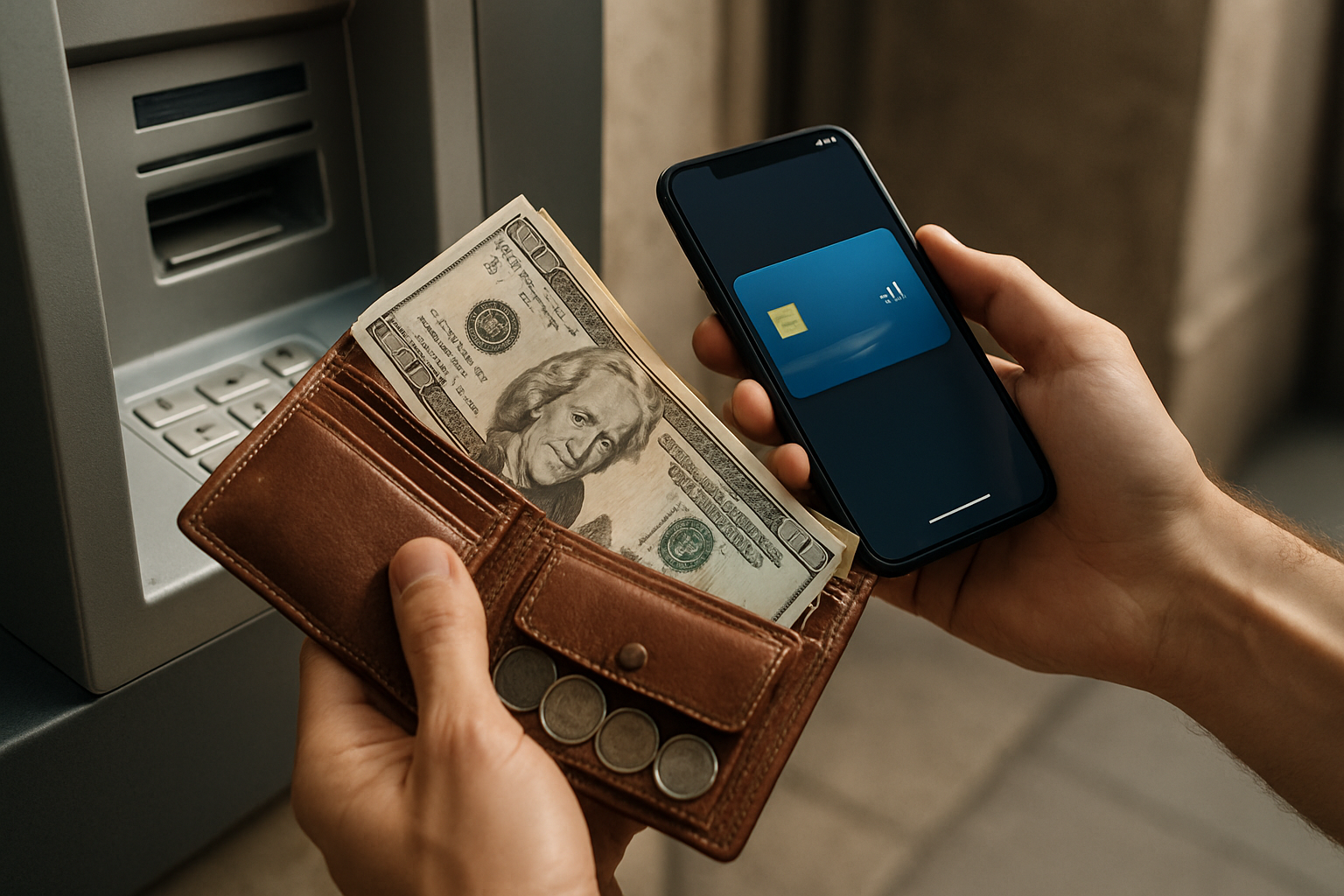Smartphones: Features, Choices and Practical Considerations
Smartphones have become central to daily life, blending communication, productivity, photography and entertainment into one pocketable device. This article explains key features, platform differences, camera and battery considerations, buying options and a practical comparison of representative models to help readers make informed decisions without exaggerated claims.

What to look for in a smartphone?
Choosing a smartphone starts by matching features to how you use the device. Consider display size and type if you read or watch video frequently; processors and RAM for multitasking and gaming; internal storage or cloud options for media; and network compatibility (e.g., 5G bands) if you travel or rely on mobile data. Build quality, water resistance and software update policies influence long-term value. Also think about ecosystem lock-in: a phone’s integration with other devices and services can simplify daily tasks but may make switching harder later.
How do operating systems differ?
The two main mobile operating systems—Android and iOS—offer different experiences. iOS (Apple) is known for consistent updates across supported devices, tight ecosystem integration, and a relatively uniform app environment. Android provides broader hardware variety, more customization at the system level, and multiple manufacturers with different approaches to hardware and pricing. Security, privacy settings and app availability vary; check each platform’s update cadence and manufacturer support policy, as timely security updates can matter for device longevity and safety.
How to choose based on camera and battery?
Camera performance now involves hardware (sensor size, optical stabilization, lenses) and software (image processing, HDR, computational photography). Look for sample images taken in conditions you commonly use—low light, fast action, or wide-angle scenes—and note whether the phone supports features you want, such as optical zoom or Pro modes. Battery capacity (mAh) gives a base reference, but real-world endurance depends on screen efficiency, processor power and software optimization. Fast charging, wireless charging and battery replacement policies are practical considerations. If battery life is critical, prioritize phones with efficient displays and processor combinations proven in independent reviews.
Where to buy and compare models?
Buying options include manufacturer stores, major retailers, mobile network providers, and certified refurbished sellers. Compare full-price purchases with contract deals; carriers often subsidize handsets in exchange for longer contracts, which affects total cost of ownership. Check warranty terms and after-sales support available through local services or national repair centres in your area. For many buyers, certified refurbished or gently used models offer value while reducing environmental impact. Always confirm return policies and carrier compatibility before purchasing.
| Product/Service Name | Provider | Key Features | Cost Estimation |
|---|---|---|---|
| Apple iPhone 14 | Apple | 6.1” display, iOS, reliable update support, main/ultra-wide cameras | ~£700–£900 |
| Samsung Galaxy S23 | Samsung | 6.1” AMOLED, Android, strong performance, multi-lens camera system | ~£600–£800 |
| Google Pixel 8 | ~6.2” display, clean Android experience, computational photography focus | ~£550–£700 |
Prices, rates, or cost estimates mentioned in this article are based on the latest available information but may change over time. Independent research is advised before making financial decisions.
Real-world pricing and cost insights
Smartphone prices vary by storage option, region, promotional periods and whether the device is new, refurbished or bought with a contract. Carrier deals may spread cost over monthly payments but can tie you to a network and obscure the total price paid. Refurbished devices typically cost 20–40% less than new equivalents and often include limited warranties. Trade-in programs reduce upfront cost but check valuation terms. Taxes and import duties may affect final cost for buyers in different countries. When budgeting, factor in accessories (cases, screen protectors), potential insurance and any subscription services you plan to use.
Conclusion
Selecting a smartphone is a balance between technical specifications, platform preferences, budget and how long you expect to keep the device. Focusing on the aspects most relevant to your daily use—display, performance, camera, battery and software support—helps narrow choices. Comparing new and refurbished options, checking warranty and update policies, and reviewing independent performance and endurance tests will lead to a more informed and practical purchase decision.




